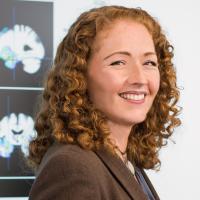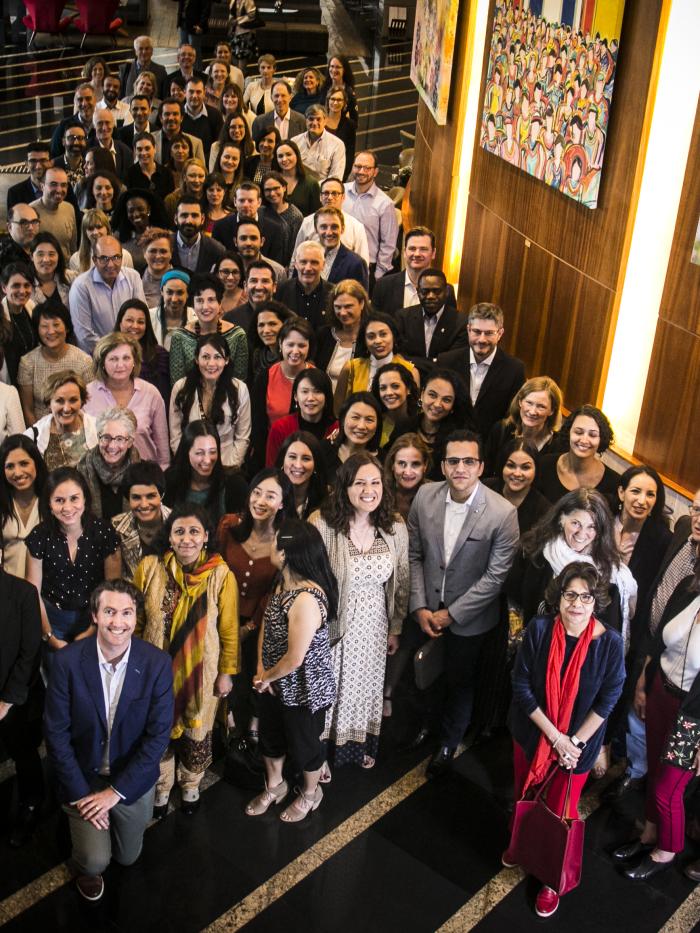Automated Speech Analysis to Differentiate Frontal and Right Anterior Temporal Lobe Atrophy in Frontotemporal Dementia
Neurology. 2025 May 13;104(9):e213556. doi: 10.1212/WNL.0000000000213556. Epub 2025 Apr 10.
ABSTRACT
BACKGROUND AND OBJECTIVES: Frontotemporal dementia (FTD) includes behavioral-variant FTD (bvFTD) with predominant frontal atrophy and semantic behavioral-variant FTD (sbvFTD) with predominant right anterior temporal lobe (rATL) atrophy. These variants present diagnostic challenges because of overlapping symptoms and neuroanatomy. Accurate differentiation is crucial for clinical trial inclusion targeting TDP-43 proteinopathies. This study investigated whether automated speech analysis can distinguish between FTD-related rATL and frontal atrophy, potentially offering a noninvasive diagnostic tool.
METHODS: This cross-sectional study used data from the University of California, San Francisco Memory and Aging Center. Using stepwise logistic regression and receiver-operating characteristic curve analysis, we analyzed 16 linguistic and acoustic features that were extracted automatically from audio-recorded picture description tasks. Voxel-based morphometry was used to investigate brain-behavior relationships.
RESULTS: We evaluated 62 participants: 16 with FTD-related predominant frontal atrophy, 24 with predominant rATL atrophy, and 22 healthy controls (mean age 68.3 years, SD = 9.2; 53.2% female). Logistic regression identified 3 features (content units, lexical frequency, and familiarity) differentiating the overall FTD group from controls (area under the curve [AUC] = 0.973), adjusted for age. Within the FTD group, 5 features (adpositions/total words ratio, arousal, syllable pause duration, restarts, and words containing "thing") differentiated frontal from rATL atrophy (AUC = 0.943). Neuroimaging analyses showed that semantic features (lexical frequency, content units, and "thing" words) were linked to bilateral inferior temporal lobe structures, speech and lexical features (syllable pause duration, and adpositions/total words ratio) to bilateral inferior frontal gyri, and socioemotional features (arousal) to areas known to mediate social cognition including the right insula and bilateral anterior temporal structures. As a composite score, this set of 5 features was uniquely associated with rATL atrophy.
DISCUSSION: Automated speech analysis demonstrated high accuracy in differentiating FTD subtypes and provided insights into the neural basis of language impairments. Automated speech analysis could enhance early diagnosis and monitoring of FTD, offering a scalable, noninvasive alternative to traditional methods, particularly in resource-limited settings. Future research should focus on further clinical validation with other neuroimaging or fluid biomarkers and longitudinal cognitive data, as well as external validation in larger and more diverse populations.
PMID:40209131 | DOI:10.1212/WNL.0000000000213556
Authors

Boon Lead Tee, MD, MS
Neurologist

Adolfo M. García, PhD
Neuroscientist

Bruce Miller, MD
Founding Director, University of California, San Francisco

Howie Rosen, MD
Professor of Neurology

Kate Rankin, PhD
Professor of Neuropsychology

Virginia Sturm, PhD
Professor of Neurology and Psychiatry

Marilu Gorno Tempini, MD, PhD
Professor of Neurology and Psychiatry


